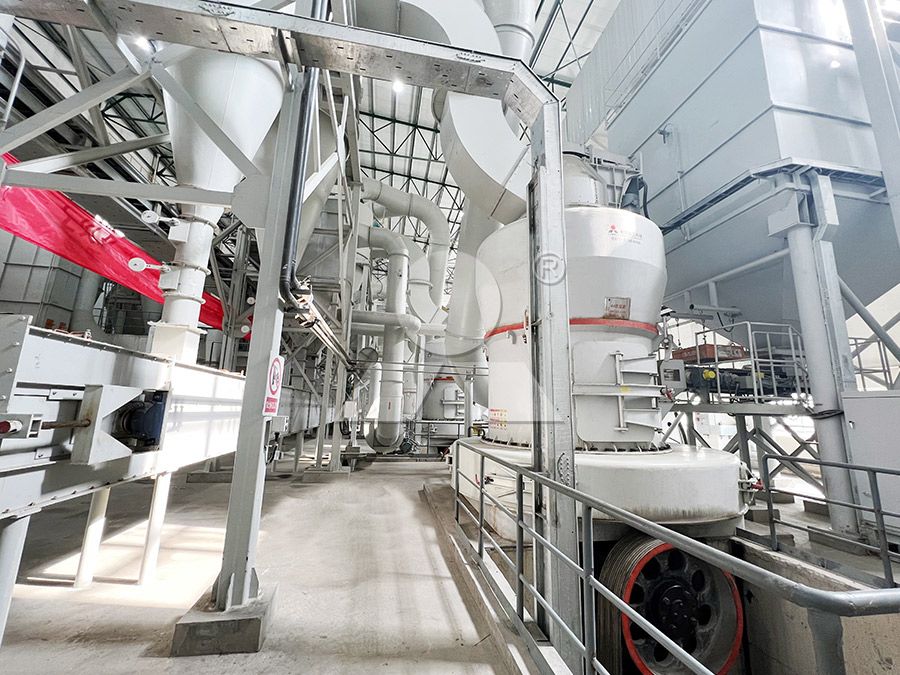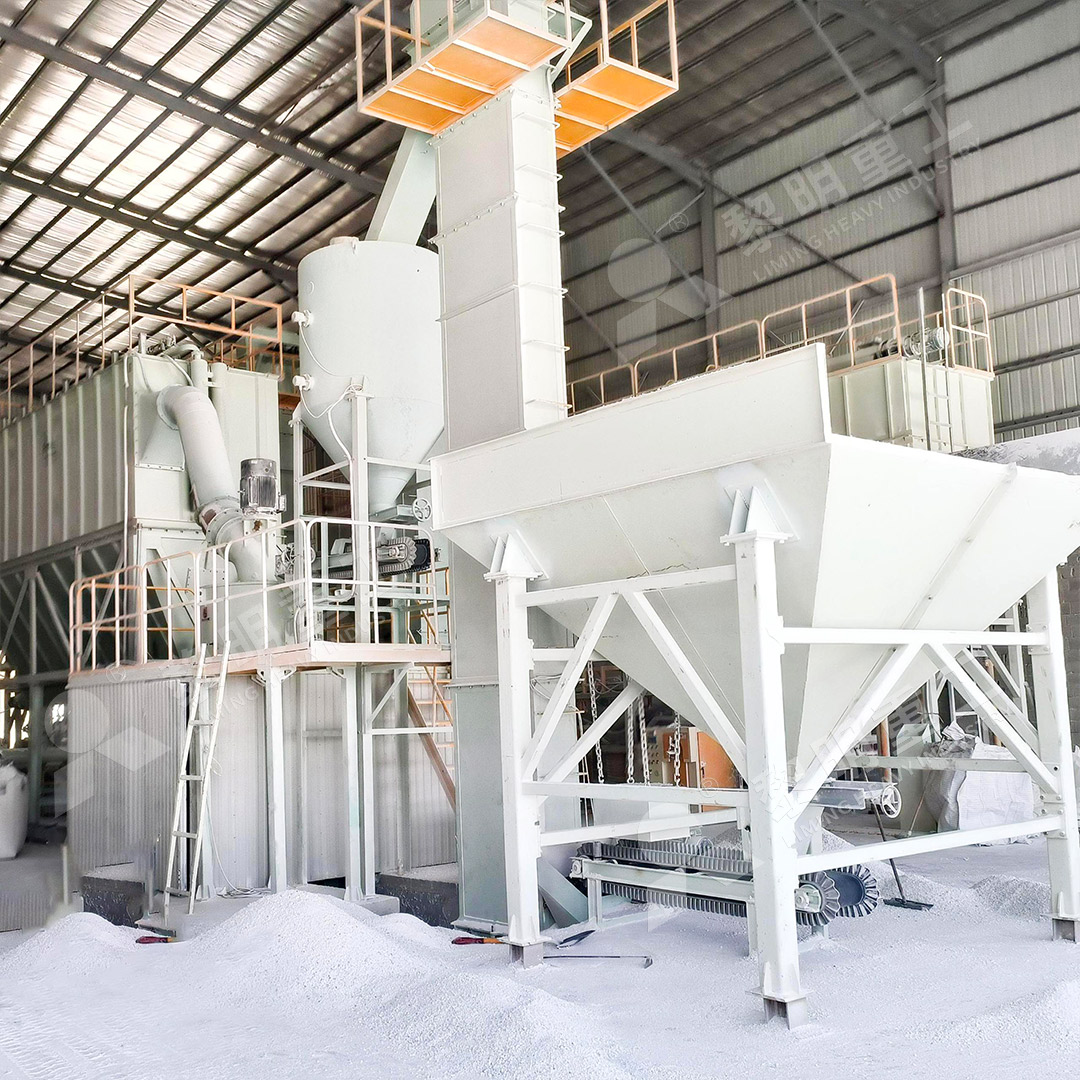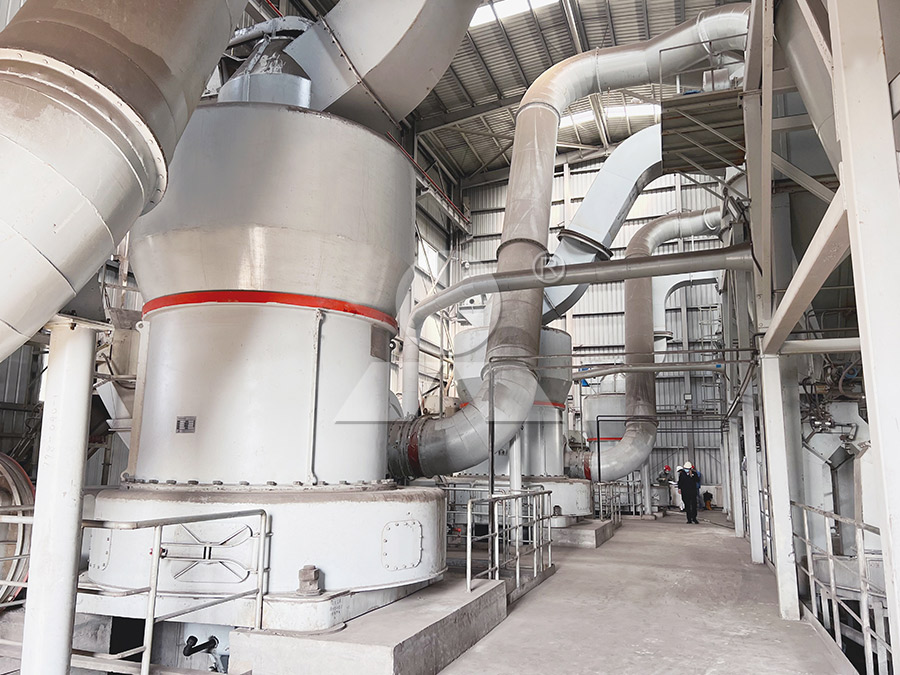Different Sizes of Hammer Mill Crushers for Industrial Milling
Different Sizes of Hammer Mill Crushers for Industrial Milling
In the world of industrial size reduction, the hammer mill crusher stands as a versatile and robust workhorse. Selecting the right size and type of mill is paramount for optimizing efficiency, yield, and overall operational costs. From coarse crushing to ultra-fine powder production, the spectrum of available machinery is broad, each designed to meet specific particle size and capacity requirements.
Understanding Capacity and Input Size
The core of selecting the appropriate mill lies in understanding two key parameters: input size and capacity. Input size refers to the maximum dimension of raw material chunks the machine can accept, while capacity, often measured in tons per hour (tph), denotes the throughput. A mismatch here can lead to inefficiencies, premature wear, or even system blockages.

For instance, larger primary crushers might handle input sizes up to 70mm for initial coarse reduction, feeding into secondary mills for finer grinding. This staged approach is often more efficient than relying on a single machine to do all the work.
The Push for Ultrafine Precision
Many modern industries, from advanced chemicals to high-quality cosmetics, demand powders of exceptional fineness, often measured in meshes or micrometers. Standard hammer mills can struggle to achieve this level of precision without significant energy expenditure and heat generation, which can degrade heat-sensitive materials.
This is where advanced grinding technologies truly shine. For customers requiring ultra-fine powder between 325-2500 meshes, our MW Ultrafine Grinding Mill is an exceptional choice. Engineered for high-yield, low-energy consumption milling, it features a German-technology cage-type powder selector for precise separation and adjustable fineness. Its innovative design boasts no rolling bearings or screws in the grinding chamber, eliminating common failure points and allowing for external lubrication without shutdown. Equipped with an efficient pulse dust collector and muffler, it operates cleanly and quietly, meeting stringent environmental standards. With an input size of 0-20 mm and a capacity range of 0.5-25 tph, it’s perfectly suited for processing materials like limestone, calcite, talc, and coal powder.

Vertical Integration for Slag and Coal
Specialized industrial by-products like slag and coal present unique challenges. They often require integrated drying and grinding within a single, compact system. Vertical grinding mills are specifically designed for this purpose, offering remarkable space and energy savings—often reducing energy consumption by 30-40% compared to traditional ball mills.
Another standout in our lineup for integrated crushing and grinding is the LUM Ultrafine Vertical Grinding Mill. It combines ultrafine powder grinding, grading, and transporting into a single, highly efficient unit. With an input size of 0-10 mm and a capacity of 5-18 tph, it’s ideal for superfine dry powder of non-metal ores. Its key features include a unique roller shell design for higher yield and better product whiteness, multi-head powder separating technology for 30%-50% energy savings, and double position-limiting technology for exceptional operational stability. The reversible structure is a maintenance boon, allowing grinding rollers to be easily moved out for inspection and part replacement, minimizing costly downtime.
Choosing the Right Tool for the Job
There is no one-size-fits-all solution in industrial milling. The correct choice depends on a careful analysis of the raw material properties, the desired final product specifications, required production volume, and environmental considerations. A smaller Raymond mill might be perfect for a pilot plant or low-capacity requirement, while a large LM Vertical or TGM Trapezium Mill is necessary for high-tonnage production lines.

Ultimately, partnering with a knowledgeable supplier who offers a range of sizes and technologies is key to unlocking maximum productivity and return on investment in any milling operation. Proper selection ensures not just product quality, but also operational reliability and cost-effectiveness for years to come.
